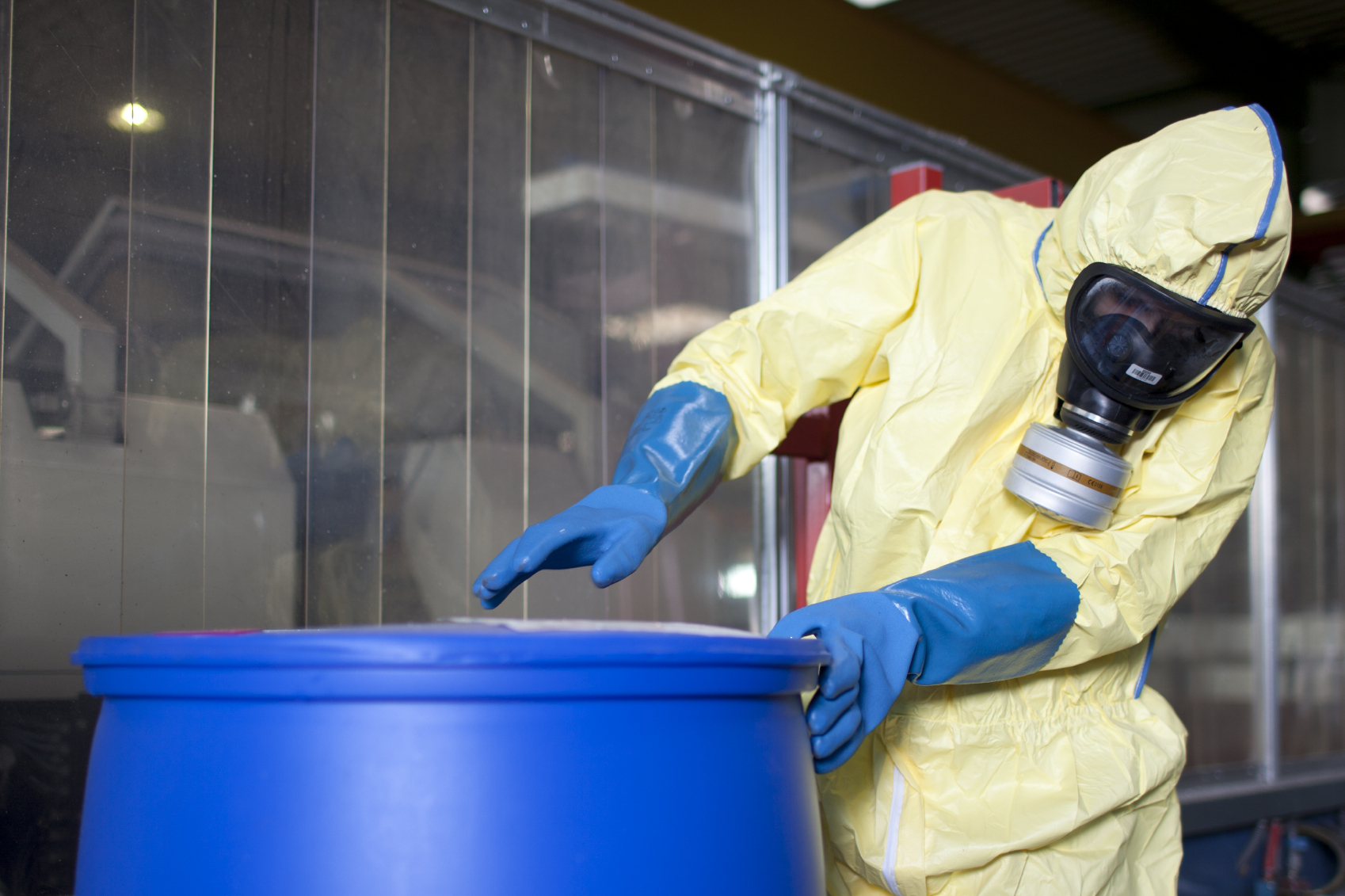- Home
- Science
- Our Work
- Air Pollution
- Agriculture, Farming and Pesticides
- Asthma and other Lung Diseases
- Coronavirus Pandemic (COVID-19)
- Exposure to Chemicals and Dust
- Exposure to Nanomaterials
- Human Exposure
- Neurodegenerative Diseases
- Musculoskeletal Disorders
- Occupational Cancer
- Sustainable Working
- Sustainability and Climate Change
- Stress, Wellbeing and Psychosocial Issues
- COVID-19 IOM Study of Face Coverings in Retail Environments
- Styrene Study
- PROTECT COVID-19 National Core Study
- Firefighters and Cancer – IOM Report
- MORtality Study of Former Professional Footballers in England and Wales (MORSE) Study
- Our Scientists
- Our Expertise
- Nano Material Services
- Development and Management of Data and Information Systems and Services
- Ergonomics Design and Evaluation
- Epidemiological Studies & Methods
- Exposure Assessment
- Health Impact Assessment (HIA) and Risk Assessment
- Policy Evaluations
- Study Design and Statistical Analysis
- Systematic Reviews and Meta-analyses
- Toxicology
- Workplace Cluster of Disease
- IOMLIFET
- IOM Scientists Advocate Tighter Standards for Airborne Dust at Work
- Research Project on Work Related Musculoskeletal Disorders
- Styrene Study
- Firefighters and Cancer – IOM Report
- IOM Library
- Contact our Research Experts
- Our Work
- Occupational Hygiene
- Case Studies
- Air Quality Sensors
- COSHH Assessment
- Dust Exposure
- Environmental Management
- Face Fit Testing
- Hand-Arm Vibration
- Indoor Air Monitoring
- Laboratory Animal Allergens
- Legionella Risk Assessment
- Local Exhaust Ventilation
- Noise Monitoring
- Thermal Exposure Monitoring
- Workplace Exposure Limits (WELs)
- Welding Fumes
- Remote Monitoring Services
- Formaldehyde Exposure Monitoring
- Biological Agent Exposure Monitoring in Waste Management
- Chromium VI
- Occupational Hygiene – Quick Quote
- Lab Services
- Asbestos and other Fibres
- Asbestos Sample Testing
- Asbestos Proficiency Testing
- Dust and Crystalline Silica
- Lead in Paint
- Metals, acid anions, acid gases
- Microbiology
- Pharmaceuticals
- Solvents & Other Organic Chemicals
- Hazard Assessment and Toxicology
- Dustiness Testing of Bulk Powders
- Lab Services Quick Quote
- Training
- Courses
- Face Fit Tester Training – Combined 2-day Course
- Face Fit Tester Training – Day 1 Qualitative Test Method
- Face Fit Tester Training – Day 2 Quantitative Test Method
- One Day Ventilation Maintenance Course
- BOHS Five Day Authorised Person (Ventilation) Course
- BOHS Three Day Competent Person (Ventilation) Course
- BOHS Two Day Competent Person (Ventilation) Refresher Course
- Contact our Training Team
- Courses
- Hospital Ventilation
- Authorising Engineer
- Dentistry Post Lockdown
- Design Review
- Independent Review
- Diathermic pen and Electro surgical tool testing
- Microbiological Monitoring
- Systems Refurbishment and Upgrade
- Validation and Verification Testing
- HSE COVID-19 Spot Check Inspections
- Training
- Contact Our Hospital Ventilation Experts
- Consultancy
- Our Company
- Contact Us

Face Fit Testing Services
What is face fit testing?
A face fit test is designed to ensure a person’s mask fits their face shape and size. If you wear a mask at work that relies on making a seal with your face then you need a face fit test.
In the UK, respiratory-related diseases and conditions account for the third-largest work-related illness. Those most affected are; metal plate workers, vehicle body builders, plumbers, gas fitters, carpenters and bakers.
What are the legal requirements?
Any organisation providing Respiratory Protective Equipment (RPE), under COSHH (Control Of Substances Hazardous To Health) regulations, must ensure the wearer has been properly Fit tested. This is to make sure that the RPE correctly fitted to provide effective protection from hazardous substances.
Our Fit2Fit qualified staff have more than 15 years’ experience delivering face fit services. Tests take place either at a client’s premises or at one of our offices. The testing and training take around 30 minutes per individual with the trainer providing full guidance and support on how to maximise their protection.
We provide quantitative face fit testing and training. Both methods result in matching an individual’s face shape with a compatible mask to ensure a tight seal is achieved.
Type of hazards that need Respiratory Protective Equipment:
- Dust
- Asbestos
- Other fibres
- Respiratory sensitizers
- Bioaerosols
- Where a person may be exposed to public health hazard such as flu virus.
How our experts can help:
- RPE auditing programmes
- In-house training for clients needing an in-house face fit testing programme
- COSHH compliance
- Control of Asbestos Regulations
For more advice, or to speak to an expert complete the quick quote form below. We also provide face fit testing training in both qualitative and quantitative testing methods as well as courses in managing RPE.
12,000 Lung disease deaths each year estimated to be linked to past exposures at work.

